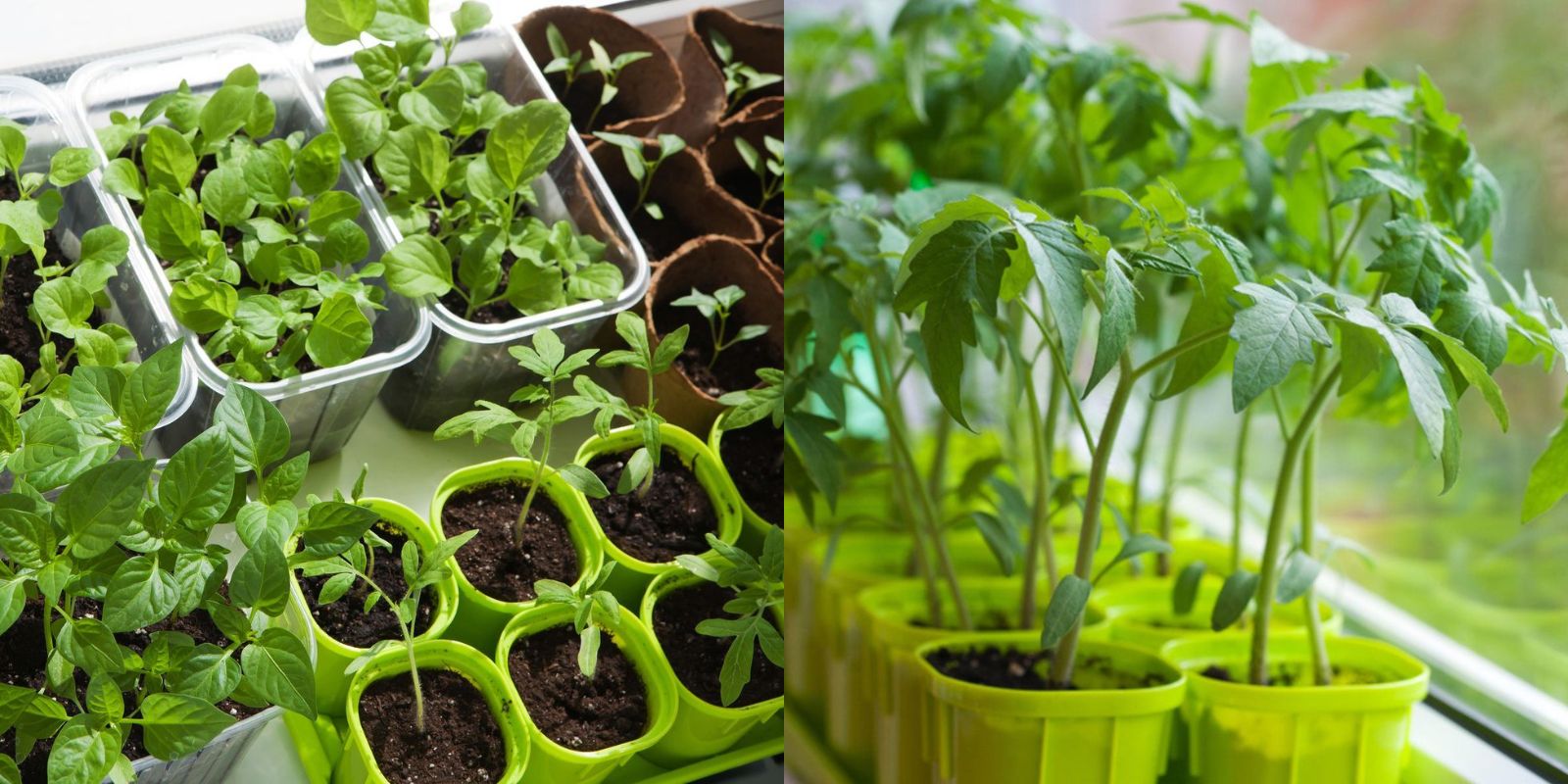Indoor vegetable gardening is an excellent way to grow fresh produce regardless of outdoor weather conditions. With the right techniques and care, you can transform any indoor space into a thriving vegetable garden, providing you with nutritious and home-grown veggies year-round. This guide will explore essential tips and practices to ensure your indoor vegetable garden is successful and productive.
Why Choose Indoor Vegetable Gardening?
Indoor vegetable gardening offers several benefits:
- Year-Round Fresh Produce: Grow vegetables even in the off-season or during harsh weather conditions.
- Space Efficiency: Ideal for those with limited outdoor space, such as apartment dwellers.
- Pest Control: Reduced risk of pests and diseases that commonly affect outdoor gardens.
- Convenience: Easy access to fresh vegetables from the comfort of your home.
Steps to Create a Successful Indoor Vegetable Garden
1. Select the Right Vegetables
Choosing the right vegetables is crucial for a successful indoor garden:
- Compact Varieties: Opt for compact or dwarf varieties that are well-suited for indoor environments. Examples include cherry tomatoes, baby carrots, and bush beans.
- Leafy Greens: Vegetables like lettuce, spinach, and kale grow well indoors and have short growing cycles.
- Herbs: Herbs such as basil, parsley, and cilantro thrive indoors and add flavor to your meals.
- Fast-Growing Vegetables: Choose vegetables with short growing periods, such as radishes and green onions.
2. Provide Adequate Lighting
Light is a key factor in indoor vegetable gardening:
- Grow Lights: Invest in high-quality grow lights if natural light is insufficient. LED or fluorescent grow lights are effective for indoor gardens.
- Light Duration: Aim for 12-16 hours of light daily. Use a timer to ensure consistent lighting for your plants.
- Positioning: Place lights 6-12 inches above the plants to provide adequate light intensity. Adjust as plants grow taller.
3. Use Quality Soil
The right soil mix is essential for healthy plant growth:
- Potting Mix: Use a well-draining potting mix designed for indoor plants. Avoid using garden soil, as it can be too dense and may contain pests or diseases.
- Soil Quality: Look for a mix that contains organic matter like compost or peat moss, which helps retain moisture and provides nutrients.
4. Maintain Proper Temperature
Temperature control is vital for indoor vegetable gardening:
- Ideal Range: Most indoor vegetables thrive in temperatures between 65-75°F (18-24°C). Avoid extreme temperature fluctuations.
- Temperature Monitoring: Use a thermometer to monitor indoor temperatures. Adjust heating or cooling as needed to maintain a stable environment.
- Humidity: Indoor air can be dry, especially in winter. Use a humidifier or place a tray of water near the plants to maintain adequate humidity levels.
5. Water Wisely
Proper watering practices are crucial for indoor plants:
- Regular Watering: Water your vegetables regularly but avoid overwatering. Allow the top inch of soil to dry out before watering again.
- Drainage: Ensure that pots have drainage holes to prevent water from accumulating at the bottom, which can lead to root rot.
- Water Quality: Use room-temperature water and avoid using hard water, which can accumulate minerals in the soil.
6. Fertilize Appropriately
Fertilizing helps provide essential nutrients for plant growth:
- Balanced Fertilizer: Use a balanced, water-soluble fertilizer designed for indoor vegetables. Follow the manufacturer’s instructions for application rates.
- Frequency: Fertilize your plants every 2-4 weeks during the growing season. Reduce feeding during the dormant period.
7. Ensure Proper Air Circulation
Good air circulation is important to prevent diseases and promote healthy growth:
- Ventilation: Provide adequate ventilation by opening windows or using a small fan to improve air movement around your plants.
- Avoid Overcrowding: Space plants adequately to ensure proper airflow and reduce the risk of mold and mildew.
8. Manage Pests and Diseases
Indoor vegetable gardens can still encounter pests and diseases:
- Regular Inspection: Check plants regularly for signs of pests like aphids, spider mites, or whiteflies. Remove affected plants or use organic pest control methods.
- Disease Prevention: Practice good hygiene by cleaning pots and tools regularly. Avoid overhead watering, which can promote fungal diseases.
Tips for Maximizing Your Indoor Vegetable Garden
- Container Choice: Use containers with adequate size and depth for root development. Consider using self-watering pots to reduce maintenance.
- Vertical Gardening: Utilize vertical space by installing shelves or wall-mounted planters, which can maximize your growing area.
- Seasonal Adjustments: Adjust your indoor garden based on seasonal changes. For example, use supplemental lighting during shorter days in winter.
- Harvest Regularly: Harvest vegetables when they reach maturity to encourage continued production and avoid overcrowding.
Common Challenges and Solutions
- Limited Light: If natural light is insufficient, invest in high-quality grow lights and adjust their positioning as needed.
- Temperature Fluctuations: Use a space heater or air conditioner to maintain a stable temperature, especially in rooms with varying temperatures.
- Soil Issues: If you notice poor plant growth, check soil conditions and consider re-potting or amending the soil.
Conclusion
Indoor vegetable gardening is a fantastic way to enjoy fresh, home-grown produce while making the most of your indoor space. By selecting the right vegetables, providing adequate lighting, using quality soil, and maintaining proper care, you can create a thriving indoor garden. Embrace the process, and enjoy the satisfaction of growing your own vegetables all year long.
Start your indoor vegetable gardening journey today and bring the joy of fresh produce into your home! 🌿🍅

